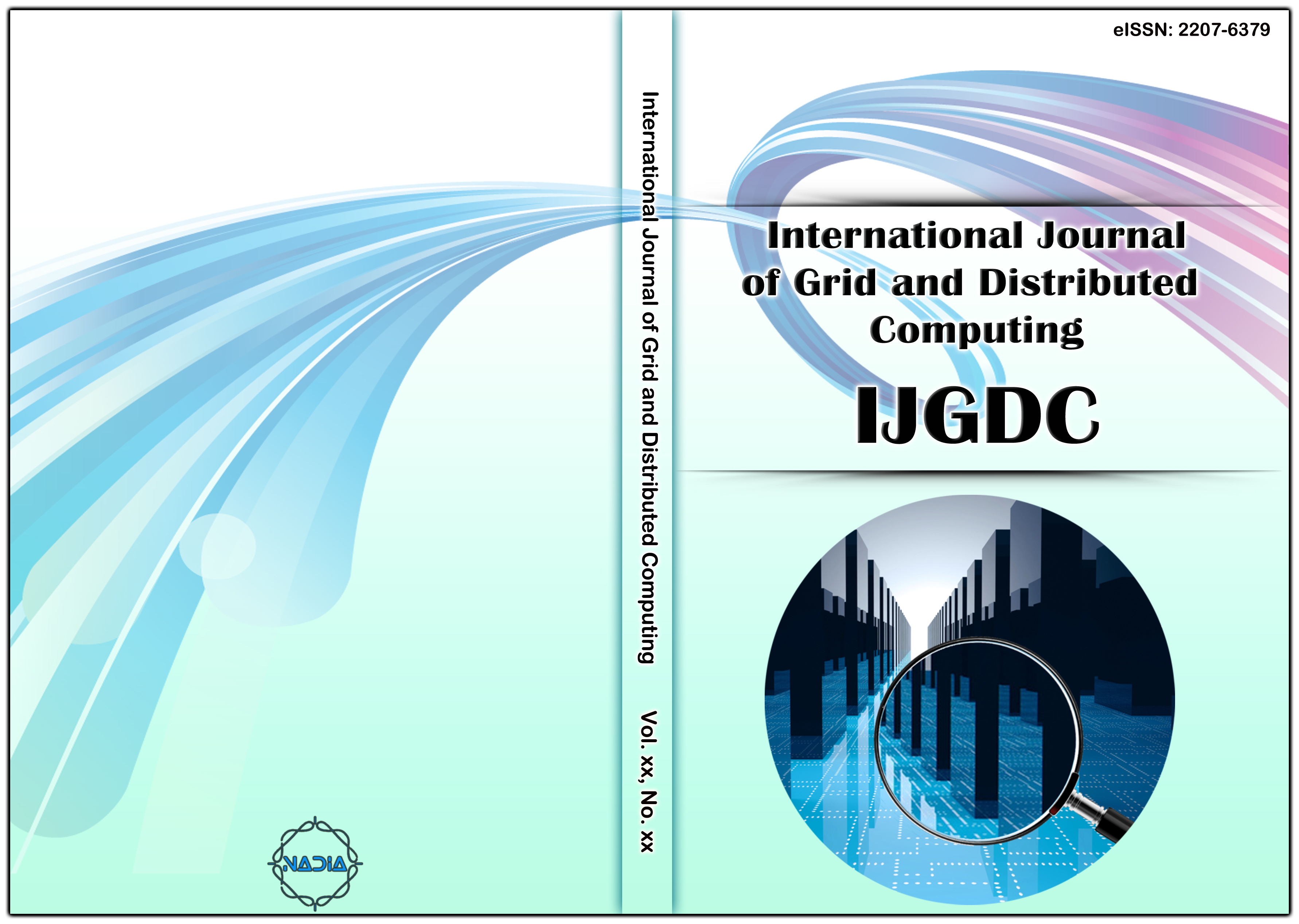[1] Halepoto, I. A., Uqaili, M. A. and Chowdhry, B. S., “Least square regression based integrated multi-parameteric demand modeling for short term load forecasting”, Mehran University Research Journal of Engineering and Technology, vol. 33, no. 2, (2014), pp. 215-226.
[2] Moretti, L., Martelli, E. and Manzolini, G., “An efficient robust optimization model for the unit commitment and dispatch of multi-energy systems and microgrids”, Applied Energy, vol. 261, no. 113859, (2020).
[3] Li, X., Fu, L. and Lu, Z., “A novel constraints handling mechanism based on virtual generator unit for economic dispatch problems with valve point effects”, International Journal of Electrical Power & Energy Systems, vol. 129, no. 106825, (2021).
[4] Bhand, M. A., “Economic Dispatch using Genetic Algorithm with Application to Thermal Power Station Jamshoro”, M.E, Thesis, Department of Electrical Engineering, Mehran University of Engineering & Technology, Jamshoro, Pakistan, (2011).
[5] Wood, A. J. and Wollenberg, B. F., “Power Generation Operation and Control”, John Wiley & Sons, Second Edition, (2007).
[6] Saadat, H., “Power System Analysis”, Singapore: WCB/McGraw-Hill, (1999).
[7] Walters., D. C. and Sheble, G. B., “Genetic Algorithm solution of economic dispatch with valve point loading”, IEEE transactions on Power Systems, vol. 8, no. 3, (1993), pp. 1325-1332.
[8] Rajesh, K., Visali, N. and Sreenivasulu, N., “Optimal load scheduling of thermal power plants by genetic algorithm”, In Emerging Trends in Electrical, Communications, and Information Technologies, Springer, Singapore, (2020), pp. 397-409.
[9] Technical & Statistical Data Book, “880MW Thermal Power Station Jamshoro”.
